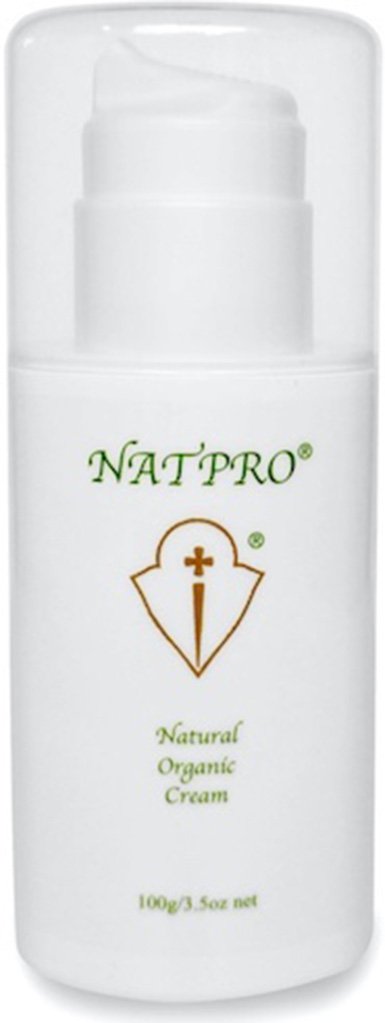Infant asthma
by Wray
Hi Mary I believe progesterone could help. Interestingly the prevalence of asthma in infant boys is greater than girls. Eczema could possibly be helped, but Omega 3 would be my first choice. It could possibly help the asthma too. There is little literature on the use of progesterone and infant asthma, but it has been used in infants with respiratory distress syndrome (RDS). Pure speculation on my part, but I believe if RDS is not fully cured shortly after birth, it leaves the child with a weakened lung which could well lead to asthma. The following chain of thought might appear confusing, but the papers all show the benefit of progesterone for respiratory problems.
Hope this helps. Take care Wray
J Microbiol Immunol Infect. 1998 Sep;31(3):197-9.
Premenstrual asthma: report of a case with hormonal studies.
http://www.ncbi.nlm.nih.gov/sites/entrez?Db=pubmed&Cmd=S
howDetailView&TermToSearch=10496158&ordinalpos=1&itool=
EntrezSystem2.PEntrez.Pubmed.Pubmed_ResultsPanel.Pubmed_R
VAbstractPlus
Lancet. 1988 Aug 13;2(8607):370-2.
Severe premenstrual exacerbations of asthma: effect of intramuscular progesterone.
http://www.ncbi.nlm.nih.gov/sites/entrez?
db=pubmed&uid=2899776&cmd=showdetailview&indexed=go
ogle
S Afr Med J. 1979 May 5;55(19):749-51.
Progesterone in obese patients with respiratory failure.
http://www.ncbi.nlm.nih.gov/sites/entrez?
Db=pubmed&Cmd=ShowDetailView&TermToSearch=462312&or
dinalpos=6&itool=EntrezSystem2.PEntrez.Pubmed.Pubmed_Resu
ltsPanel.Pubmed_RVDocSum
Current Allergy and Asthma Reports
Volume 4, Number 2 / March, 2004 Pages 159-165
A thorough knowledge of early life lung physiology will enable us to identify children at risk for developing persistent disease. The development of objective outcome measures that can be applied in early life will aid in distinguishing between children with transient early wheeze and those who will progress to persistent disease, enabling effective, targeted therapy.
http://www.springerlink.com/content/35862w1550p76537/
Plasma Progesterone in the Respiratory Distress Syndrome*
Seventeen newborns suffering from RDS (verified by X-ray and
clinical parameters) had a mean plasma progesterone (P) of 13.9 ±1.2ng/ml (mean + S.E.) at 24 h of age. This is only 62% of the normal level (22.6 ± 1.5ng/ml).
In adults, high systemic P increases the ventilatory volume by increasing tidal volume, possibly as a result of increased sensitivity of the respiratory neurons, since the pulmonary compliance and resistance are unchanged.
Eur. J. Pediatr. 132, 7--10(1979)
Critical Care 2001, 5:343-348 doi:10.1186/cc1067
Gender-related plasma levels of progesterone, interleukin-8 and interleukin-10 during and after cardiopulmonary bypass (CPB) in infants and children. In vitro data has shown that the production of proinflammatory cytokines by fibroblasts can be suppressed by progesterone. The release of T-helper-2-type cytokines, which are predominantly anti-inflammatory cytokines, appears to be stimulated by progesterone.
http://ccforum.com/content/5/6/343
The Journal of Clinical Endocrinology & Metabolism 1999 Vol. 84, No. 12 4531-4535 Effects of Postnatal Estradiol and Progesterone Replacement in Extremely Preterm Infants Trends toward ……. less chronic lung disease were found with the hormone replacement. Further and more extensive studies are warranted ……. in the care of extremely premature infants.
http://jcem.endojournals.org/cgi/content/abstract/84/12/4531

